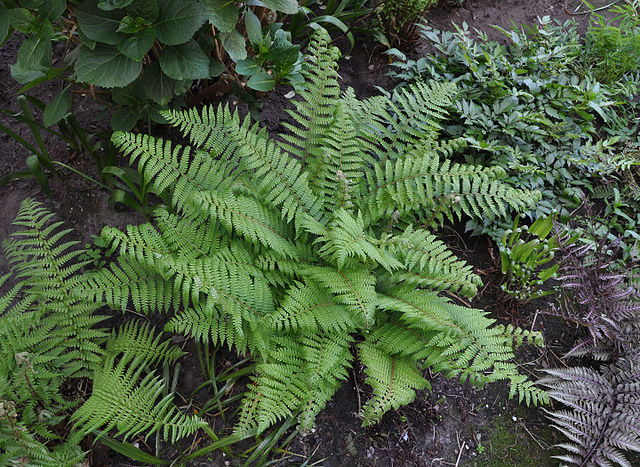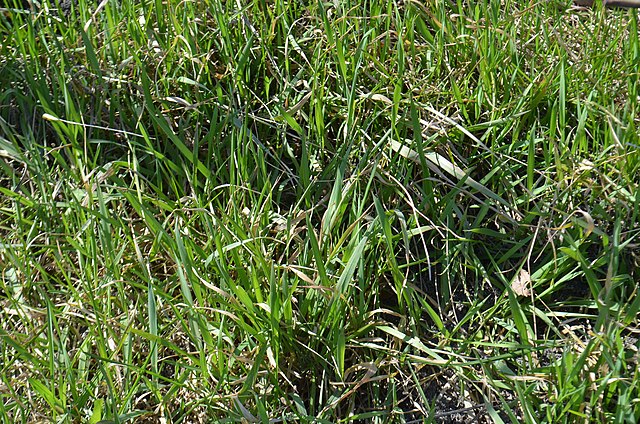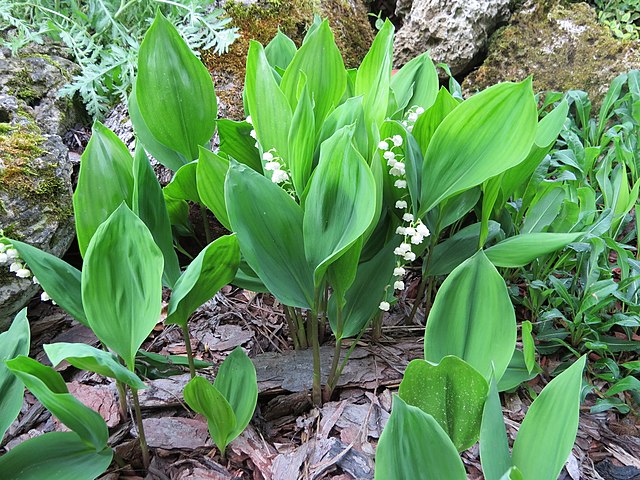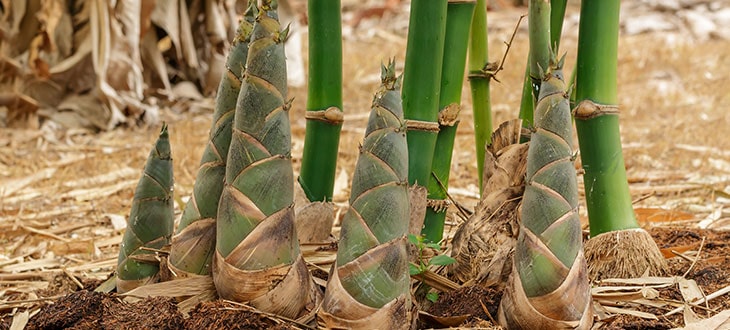10 Plants With Rhizomes
Are you looking for plants that propagate through rhizomes? Here is a list of several plants that pose this characteristic.
The world of plants is fascinating not only by the diversity of species but also by the adaptability plants have shown over time.
Although many plants reproduce naturally only through seeds, some species have developed more complex mechanisms to ensure their continuity. This is also the case for plant species that multiply through rhizomes.
A rhizome is a modified subterranean, simple or branched stem that grows horizontally and sends out roots and shoots from its nodes. It, therefore, serves as a vegetative reproduction organ.
The new shoots that develop from the nodes of rhizomes can grow upwards, create their own roots, and turn into plants that can evolve independently from the parent plant.
Propagation through rhizomes is one of the most effective reproduction methods in plants and enables the species that pose this characteristic to multiply very quickly. Therefore, this type of reproduction is often found in many invasive plants.
Plants that reproduce through rhizomes are some of the most difficult to eradicate due to the complex networks of roots they produce. Even if the rhizomes are separated from the mother plant, they have the ability to store nutrients and can still give birth to new plants.
Contents
1. Bermuda grass

Bermuda grass is a perennial grass species frequently used as a lawn grass. It multiplies quickly and can produce very dense turfs due to its reproduction abilities.
This grass species can multiply both through seeds and rhizomes, but also via stolons (runners).
While it is a good grass type for lawns, it is a pain to eradicate it once it reaches your garden or places where you don’t want it. Bermuda grass can become very invasive if left uncontrolled.
If you want to learn more about bermuda grass, you can read this article.
2. Bamboo

Bamboo is a broad name for a group of multiple bamboo species belonging to the Poaceae family, subfamily Bambusoideae.
Bamboos are evergreen perennial plants, and although many species reach impressive heights and have woody consistency, they are not botanically considered trees but grasses.
These plants grow incredibly fast and certain species of bamboo even hold the Guinness World Record for the fastest-growing plant.
Bamboo reproduces both through seeds and also by underground rhizomes. While it is generally not considered an invasive plant, some varieties of bamboo can become intrusive if allowed to spread uncontrollably.
3. Snake plant

The snake plant is an evergreen perennial plant commonly grown as an ornamental houseplant for its beautiful vertical variegated green and yellow leaves.
It is native to tropical Africa and was introduced to the United States and other countries as an ornamental plant.
Snake plant spreads through rhizomes which are sometimes above ground and other times underground.
There are several varieties generally referred to as “snake plants.” Although they multiply through rhizomes, not all of them have invasive potential. Yet, there are some which can be problematic, such as Sansevieria hyacinthoides.
4. Ferns

Ferns belong to a large group of perennial plants, known as “vascular plants” because they have vascular tissues which conduct water and minerals throughout the plant.
Ferns are some of the oldest known plants on Earth. The archeological data shows that ancient species of these plants grew on our planet about 400 million years ago. (source)
Ferns can reproduce by spores or rhizomes that grow above or below the substrate. This effective reproduction type enables ferns to multiply and form large colonies quickly.
5. Kentucky Bluegrass

Kentucky bluegrass is a popular lawn grass in the United States. It is a cool-season species, and when cared for rightly, it forms stunning turfs.
Once established, this grass thickens and spreads rapidly due to rhizomes that grow under the surface of the soil.
While it is highly valued as turf and pasture grass, Kentucky bluegrass can become invasive if left to multiply outside controlled areas. It will suppress native plant species and reduce biodiversity.
6. Japanese Knotweed

Japanese knotweed is a perennial shrub native to Asia but introduced to many countries as an ornamental plant.
This plant only rarely reproduces through seeds. Its main way of spreading is through rhizomes or via cut parts of its stems, which develop roots when placed in soil or water.
Japanese Knotweed forms dense clusters of plants when it multiplies uncontrollably, threatening the native plant species. This is also the reason why this plant is regarded as highly invasive in many regions.
7. Asparagus

Asparagus is a perennial plant widely cultivated as a vegetable crop in many regions with temperate climates.
This plant can grow either from seeds or can be multiplied from existing one-year-old roots, also known as “crowns.”
Asparagus has a robust root system and underground rhizomes. In early spring, the rhizomes begin to produce buds that grow into spears that develop above the soil. These are the edible parts of asparagus. (source)
Later on, these “spears” turn into leaves if not harvested on time.
8. Ginger

Ginger is a herbaceous perennial plant that is widely used as a spice in dishes and in traditional medicine. It is native to parts of Asia.
The edible part of ginger is the rhizome, which has a spicy, peppery taste. This modified stem grows underground, horizontally, and forms the leaves, stems, and roots.
Although ginger can produce seeds, the main propagation of the plant is by rhizome division.
9. Lily Of The Valley

Lily of the valley is a perennial flowering plant native to parts of Asia and Europe. It is widely grown for its fragrant, bell-shaped white flowers.
Although lily of the valley can reproduce through seeds, its most effective way to propagate is through rhizomes. This feature enables the plants to expand quickly and form large colonies.
The Lily of the valley is an adaptable plant. Thus, in the right conditions, it can become invasive and a potential threat to native plants due to its aggressive reproductive way.
10. Irises

Iris is a genus of about 300 species of perennial flowering plants. They are often grown as ornamental plants because of their blooms of various colors.
When it comes to propagation, iris plants are of two kinds. The first type spreads through bulbs (bulbous), and the second one grows from rhizomes (rhizomatous). (source)
Some species of irises, like yellow iris (iris pseudacorus), are regarded as invasive in some regions as they form dense thickets and outcompete the native plants.
Final Word
These are only a few of the most common plants with rhizomes, but there are many others that spread this way.
Though not all, many plants with rhizomes have the potential to become invasive in uncontrolled conditions. The rhizomes can produce the shoots and root systems for new plants, thus, can deliver multiple clones of the mother plant.
In addition to rhizomes, if the plant multiplies by other methods, such as through seeds and stolons, its invasive potential also increases.

